Home>Gardening & Outdoor>Landscaping Ideas>What Grass Germinates The Fastest
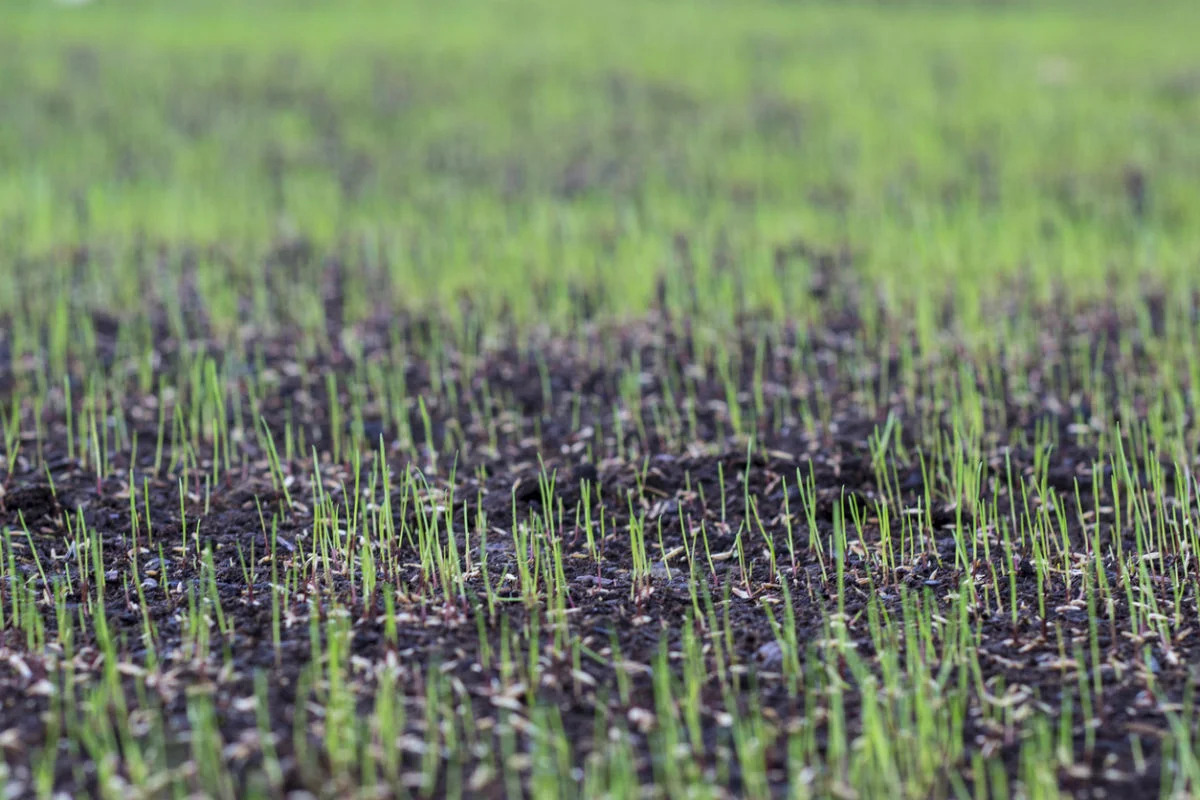

Landscaping Ideas
What Grass Germinates The Fastest
Modified: February 18, 2024
Discover landscaping ideas for fast-growing grass germination. Learn which grass type germinates the fastest and how to incorporate it into your lawn. Explore tips and techniques for quick and efficient landscaping projects.
(Many of the links in this article redirect to a specific reviewed product. Your purchase of these products through affiliate links helps to generate commission for Storables.com, at no extra cost. Learn more)
Introduction
When it comes to creating a lush, vibrant lawn or revitalizing a patchy yard, the speed at which grass germinates plays a crucial role. The anticipation of seeing tiny green shoots emerge from the soil can be both exciting and nerve-wracking for any landscaping enthusiast. Understanding the factors that influence grass germination and the different types of grass that germinate at varying rates is essential for achieving a thriving lawn in the shortest time possible.
In this comprehensive guide, we will delve into the fascinating world of grass germination, exploring the key factors that impact the process and uncovering the types of grass that boast the fastest germination rates. Additionally, we will provide valuable insights into the best practices for ensuring rapid and successful germination, equipping you with the knowledge needed to cultivate a verdant expanse of grass with confidence and expertise.
So, let's embark on this enlightening journey through the realm of grass germination, where we will unravel the secrets to achieving a luxuriant lawn in the swiftest manner possible.
Key Takeaways:
- Grass germination is influenced by factors like soil temperature, moisture, and seed depth. Cool-season grasses like Kentucky bluegrass germinate faster, while warm-season grasses like Bermuda grass take longer.
- To ensure fast grass seed germination, prepare the soil, choose high-quality seeds, maintain consistent moisture, and protect the seeded area from harsh conditions. Patience, attentiveness, and proactive care are essential for a flourishing lawn.
Read more: What Is The Fastest Plant To Germinate
Factors Affecting Grass Germination
Grass germination is a complex process influenced by various factors, each playing a pivotal role in determining the speed and success of this vital stage in lawn establishment. Understanding these factors is essential for optimizing the conditions necessary for prompt and robust germination.
1. Soil Temperature: The temperature of the soil is a critical factor that directly impacts the germination of grass seeds. Different grass species have specific temperature requirements for optimal germination. Generally, cool-season grasses such as Kentucky bluegrass and fescue germinate most rapidly when soil temperatures range between 50°F and 65°F, while warm-season grasses like Bermuda grass and Zoysia grass favor soil temperatures between 75°F and 90°F.
2. Moisture: Adequate moisture is indispensable for initiating the germination process. Seeds require consistent moisture to swell and soften, allowing the embryonic root (radicle) to emerge and anchor itself in the soil. Insufficient moisture can impede or delay germination, while excessive moisture can lead to rot and fungal diseases, thwarting the germination process.
3. Seed Depth: The depth at which grass seeds are sown significantly influences germination. Seeds planted too deeply may struggle to reach the soil surface, causing delayed emergence, while seeds sown too shallowly are vulnerable to drying out. It is crucial to adhere to the recommended seeding depth for each grass species to facilitate optimal germination.
4. Soil Composition: The composition and texture of the soil directly impact the germination process. Well-draining, loamy soils provide an ideal environment for seed germination, as they offer a balance of air and water essential for seedling development. Compacted or waterlogged soils can hinder germination by impeding oxygen and water infiltration.
5. Light: While some seeds require exposure to light to germinate, others thrive in darkness. Understanding the light requirements of specific grass species is crucial for ensuring their successful germination.
By meticulously considering and managing these factors, you can create an optimal environment for grass seed germination, setting the stage for a healthy and vibrant lawn.
Types of Grass and Their Germination Rates
Grass species exhibit varying germination rates, with some sprouting relatively quickly, while others may take longer to establish. Understanding the germination characteristics of different grass types is essential for selecting the most suitable variety based on your specific needs and the prevailing environmental conditions.
1. Cool-Season Grasses: Cool-season grasses, such as Kentucky bluegrass, perennial ryegrass, and fine fescue, are renowned for their relatively rapid germination rates. Under optimal conditions, these grasses can germinate within 5 to 10 days, making them an excellent choice for homeowners seeking a swift establishment of their lawns.
2. Warm-Season Grasses: In contrast, warm-season grasses, including Bermuda grass, Zoysia grass, and centipede grass, typically exhibit longer germination periods. Depending on the specific species, the germination process for warm-season grasses can range from 10 days to several weeks. While warm-season grasses may require more patience during the establishment phase, they offer exceptional heat tolerance and resilience once established.
3. Transitional Grasses: Transitional grasses, such as tall fescue, exhibit moderate germination rates, typically ranging from 7 to 14 days. These grasses thrive in regions with fluctuating temperatures and are valued for their adaptability to diverse climatic conditions.
4. Native Grasses: Native grass species, tailored to specific regions and climates, also display varying germination rates. Their ability to thrive in local ecosystems and withstand environmental challenges makes them an invaluable addition to landscaping projects, despite potential variations in germination timelines.
It is important to note that while these general germination rates serve as useful guidelines, actual germination times can be influenced by environmental factors, such as temperature, moisture levels, and soil conditions. By selecting grass varieties aligned with your climate and diligently managing the germination environment, you can expedite the establishment of a resilient and visually appealing lawn.
Grass seeds like ryegrass and fescue germinate the fastest. Keep the soil consistently moist and at a temperature of 60-75°F for best results.
Best Practices for Fast Germination
Optimizing the germination process is essential for achieving prompt and robust establishment of grass seeds. By adhering to best practices and implementing proven techniques, you can expedite the germination period, setting the stage for a flourishing lawn. Here are some invaluable practices to facilitate fast and successful grass seed germination:
- Soil Preparation: Before sowing grass seeds, prepare the soil meticulously by removing debris, breaking up compacted areas, and incorporating organic matter to enhance soil structure and fertility. A well-prepared seedbed provides an optimal environment for seed germination and early seedling growth.
- Seed Selection: Choose high-quality grass seeds suited to your specific climate and soil conditions. Opt for certified seeds with high germination rates to maximize the likelihood of rapid and uniform emergence.
- Proper Seeding Depth: Follow the recommended seeding depth for the chosen grass species to ensure adequate soil contact while preventing seeds from being buried too deeply. Proper depth facilitates efficient water absorption and promotes timely germination.
- Consistent Moisture: Maintain consistent soil moisture by lightly watering the seeded area multiple times daily, especially during the critical germination period. Avoid excessive irrigation, which can lead to waterlogging, and ensure that the soil surface remains moist but not waterlogged.
- Protection from Elements: Shield the seeded area from harsh environmental conditions, such as strong winds and intense sunlight, which can desiccate the soil and impede germination. Consider using biodegradable erosion control blankets or light mulch to safeguard the seeds and promote a conducive microclimate.
- Appropriate Fertilization: Apply a balanced starter fertilizer specifically formulated for new seedlings to provide essential nutrients for early growth without overwhelming the delicate roots. Avoid excessive fertilization, as it can detrimentally impact seedling development.
- Regular Monitoring: Monitor the seeded area closely, observing for signs of germination and promptly addressing any issues, such as uneven moisture distribution or the presence of pests, that may hinder the germination process.
By meticulously implementing these best practices and tailoring them to the specific requirements of the chosen grass species, you can significantly expedite the germination process and pave the way for a vibrant and resilient lawn.
Conclusion
Embarking on the journey of establishing a verdant and thriving lawn through grass seed germination is a rewarding endeavor that requires careful consideration of various factors and the implementation of proven strategies. By comprehensively understanding the influential factors, such as soil temperature, moisture, seed depth, soil composition, and light, you can create an optimal environment conducive to rapid and successful germination.
Furthermore, the diverse germination rates exhibited by different grass species, including cool-season, warm-season, transitional, and native grasses, underscore the importance of selecting varieties aligned with your specific climate and environmental conditions. By choosing high-quality seeds and adhering to best practices, such as meticulous soil preparation, proper seeding depth, consistent moisture management, and protection from adverse elements, you can expedite the germination process and set the stage for a flourishing lawn.
As you embark on your grass seed germination journey, remember that patience, attentiveness, and a proactive approach are key elements in nurturing the emergence and early growth of your grass seeds. Regular monitoring, timely adjustments, and a deep understanding of the unique requirements of your chosen grass species will empower you to overcome challenges and achieve the swift establishment of a vibrant and resilient lawn.
Armed with the knowledge gleaned from this guide, you are well-equipped to navigate the intricacies of grass seed germination with confidence and expertise, ultimately realizing your vision of a lush and inviting outdoor space.
May your lawn flourish abundantly, providing a picturesque backdrop for cherished moments and leisurely pursuits.
Frequently Asked Questions about What Grass Germinates The Fastest
Was this page helpful?
At Storables.com, we guarantee accurate and reliable information. Our content, validated by Expert Board Contributors, is crafted following stringent Editorial Policies. We're committed to providing you with well-researched, expert-backed insights for all your informational needs.
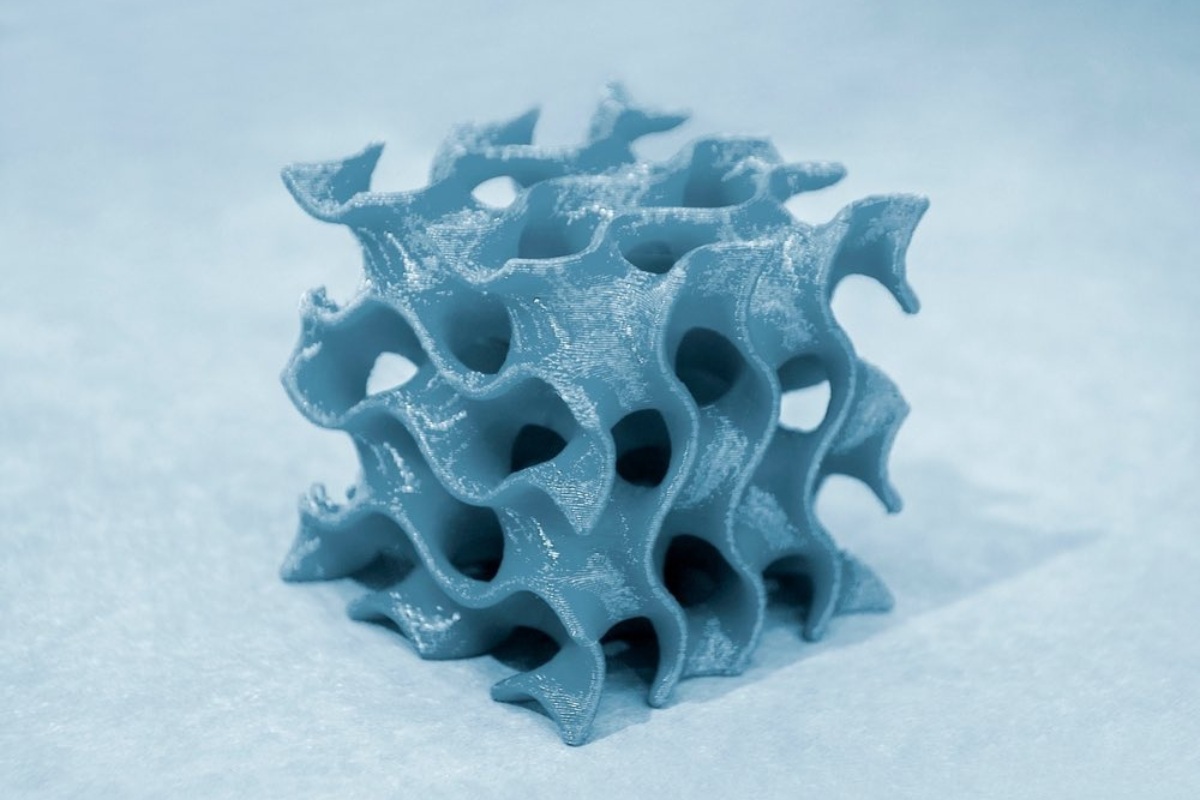
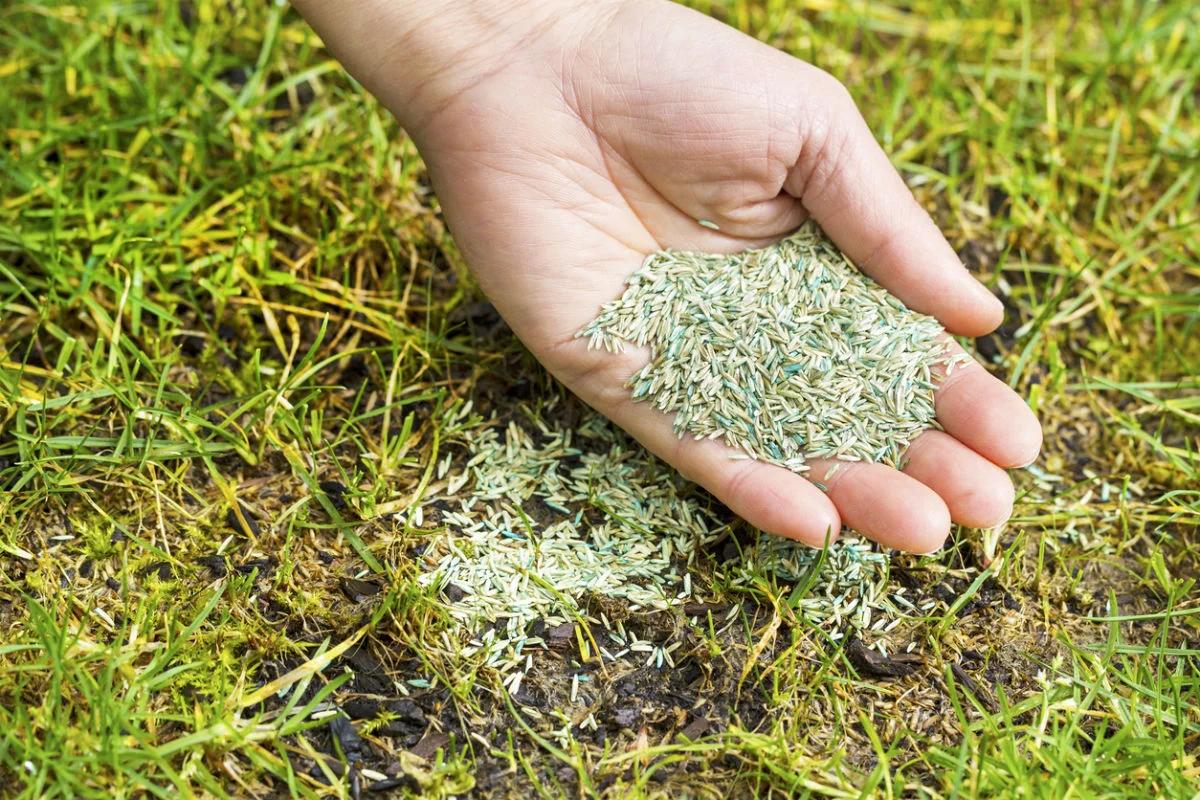
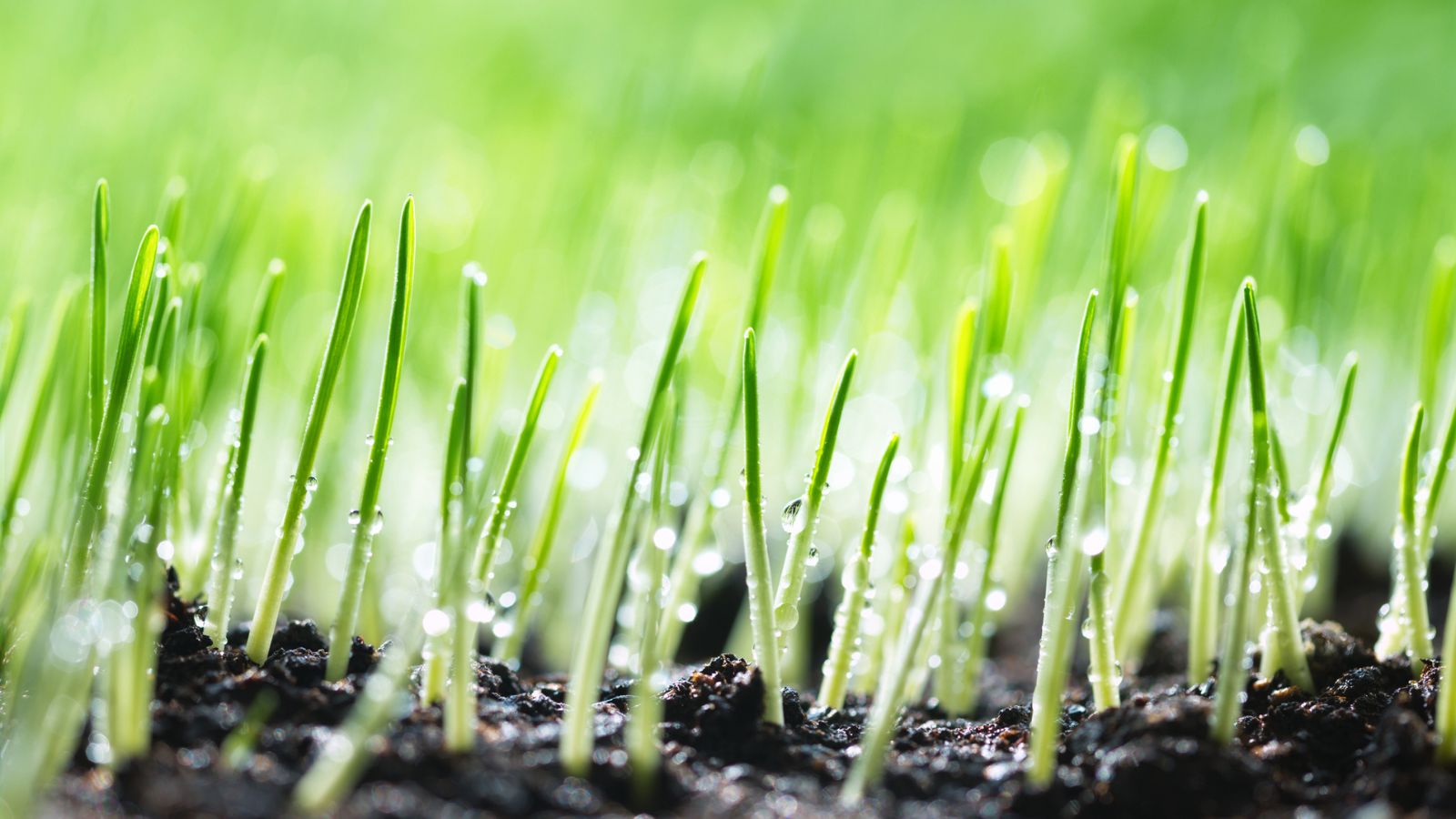
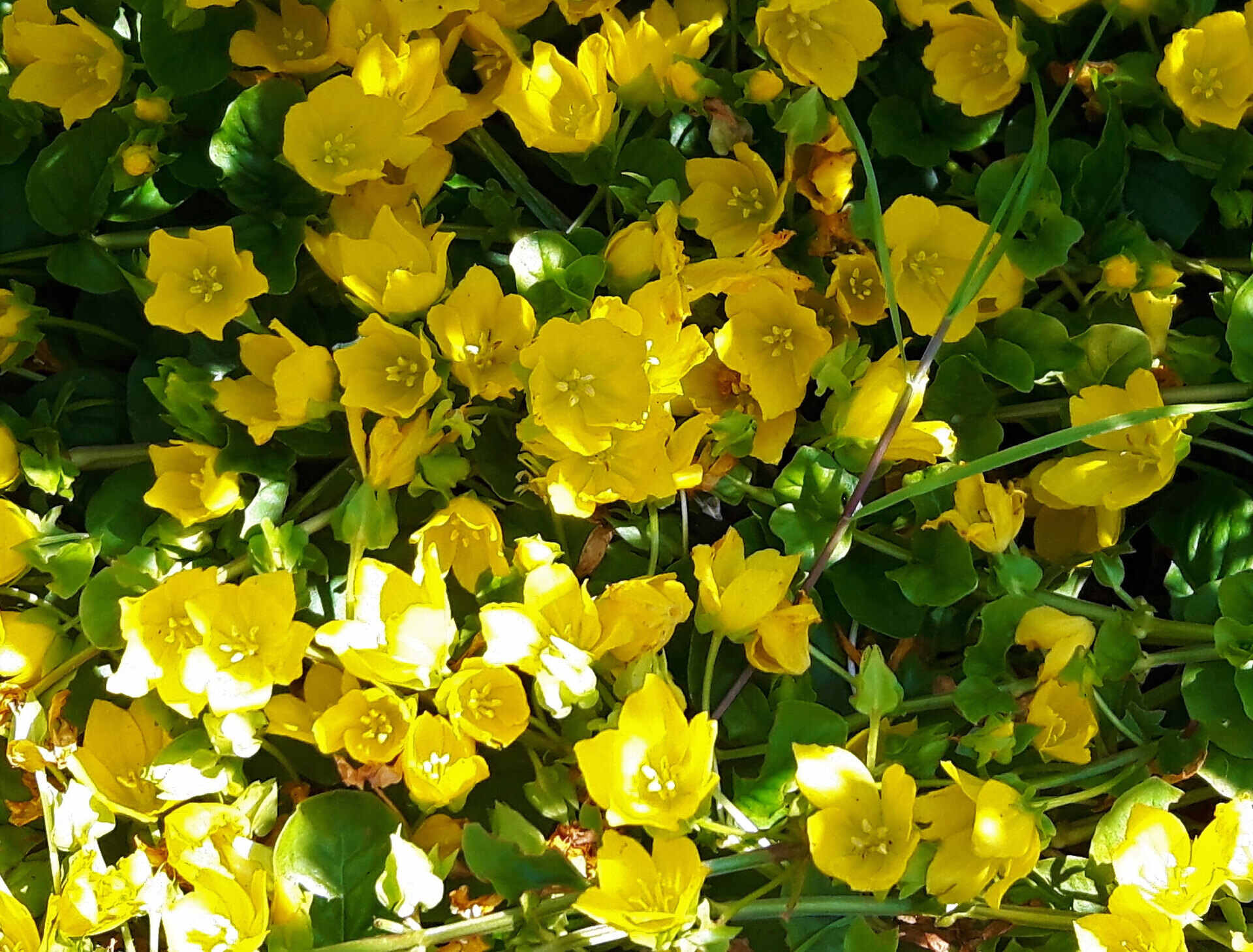
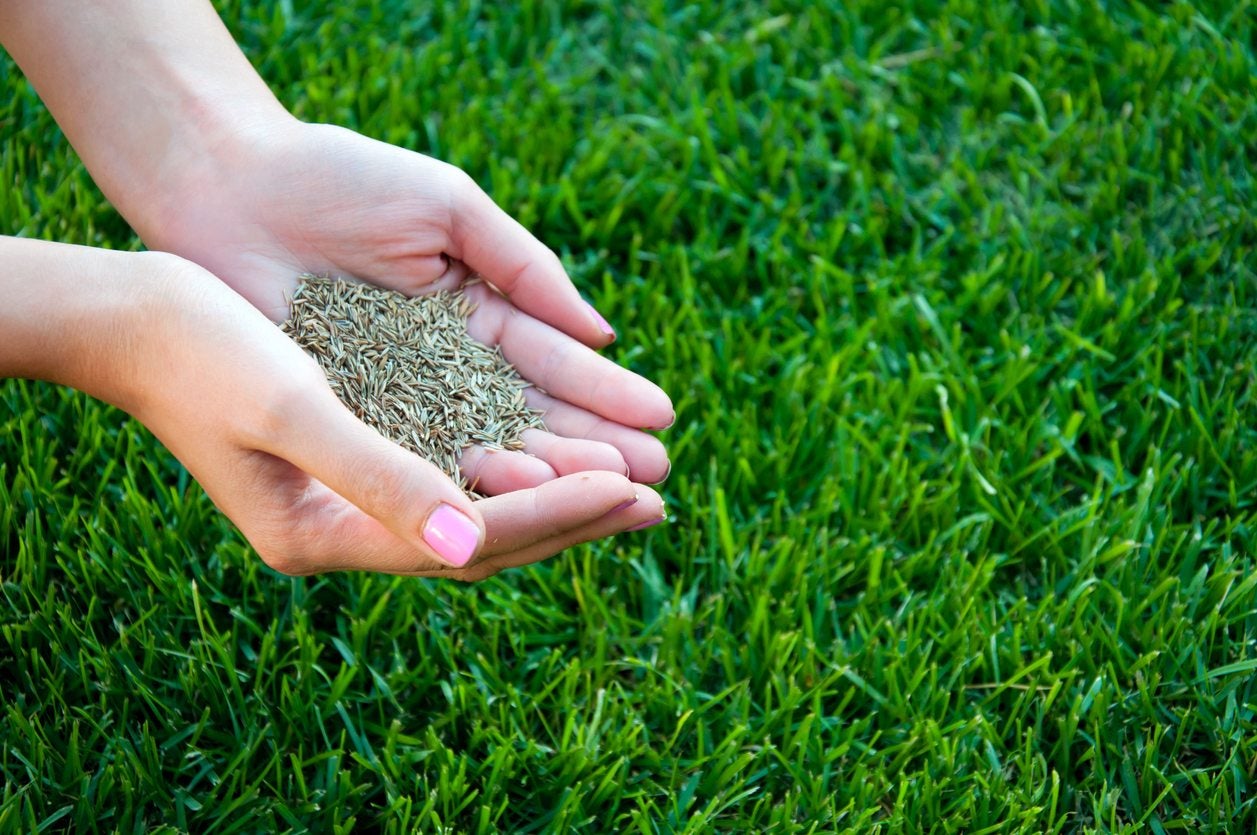
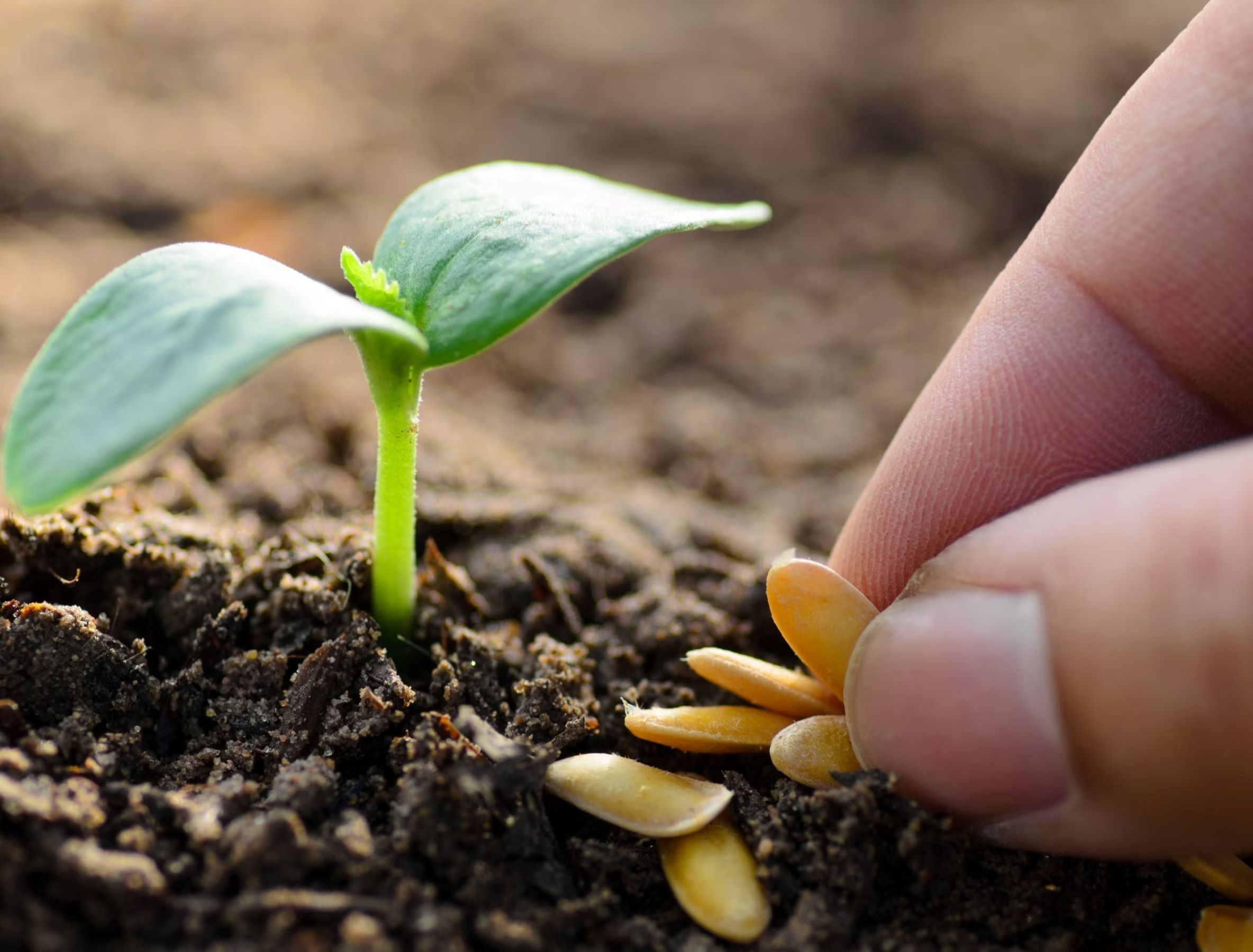
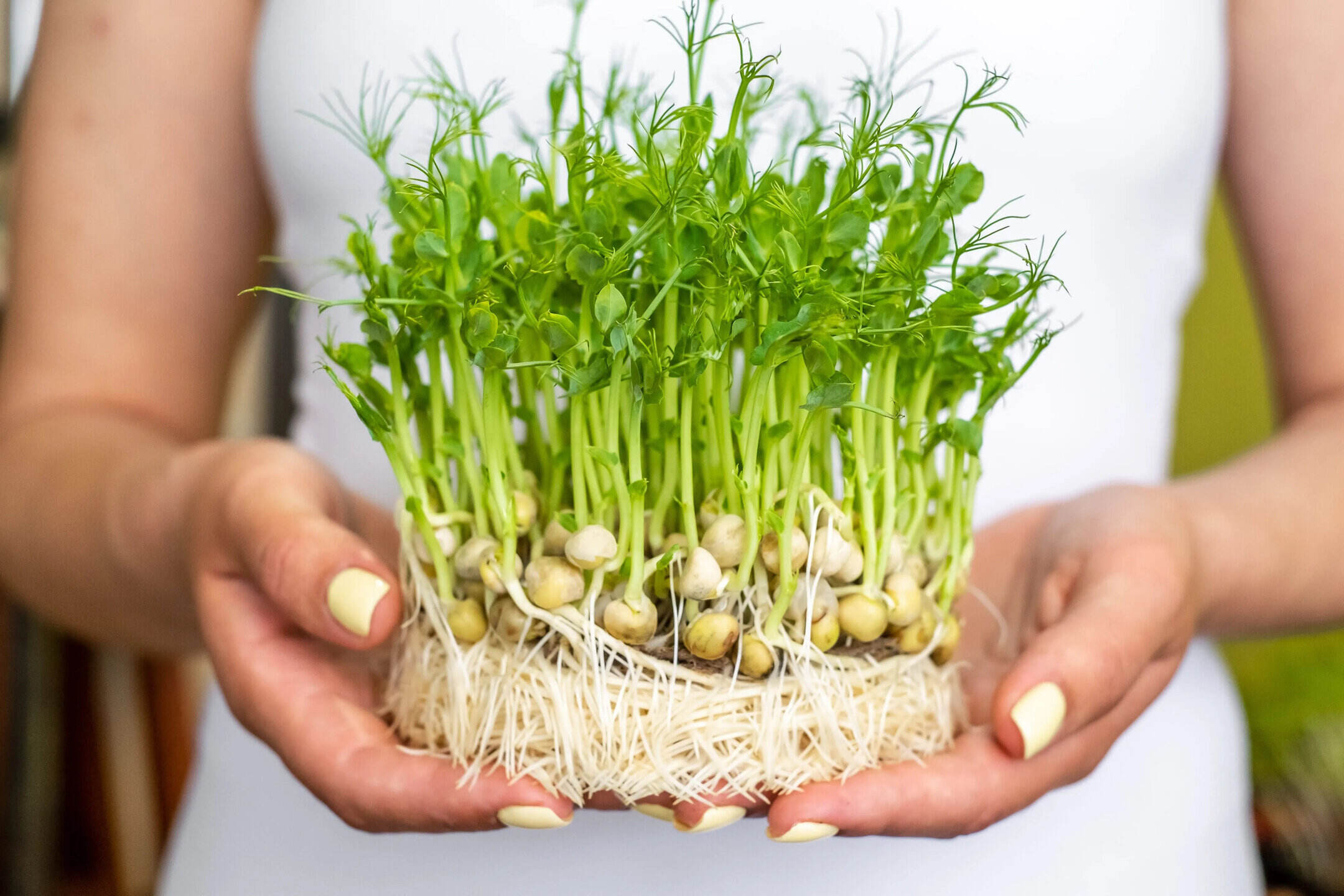

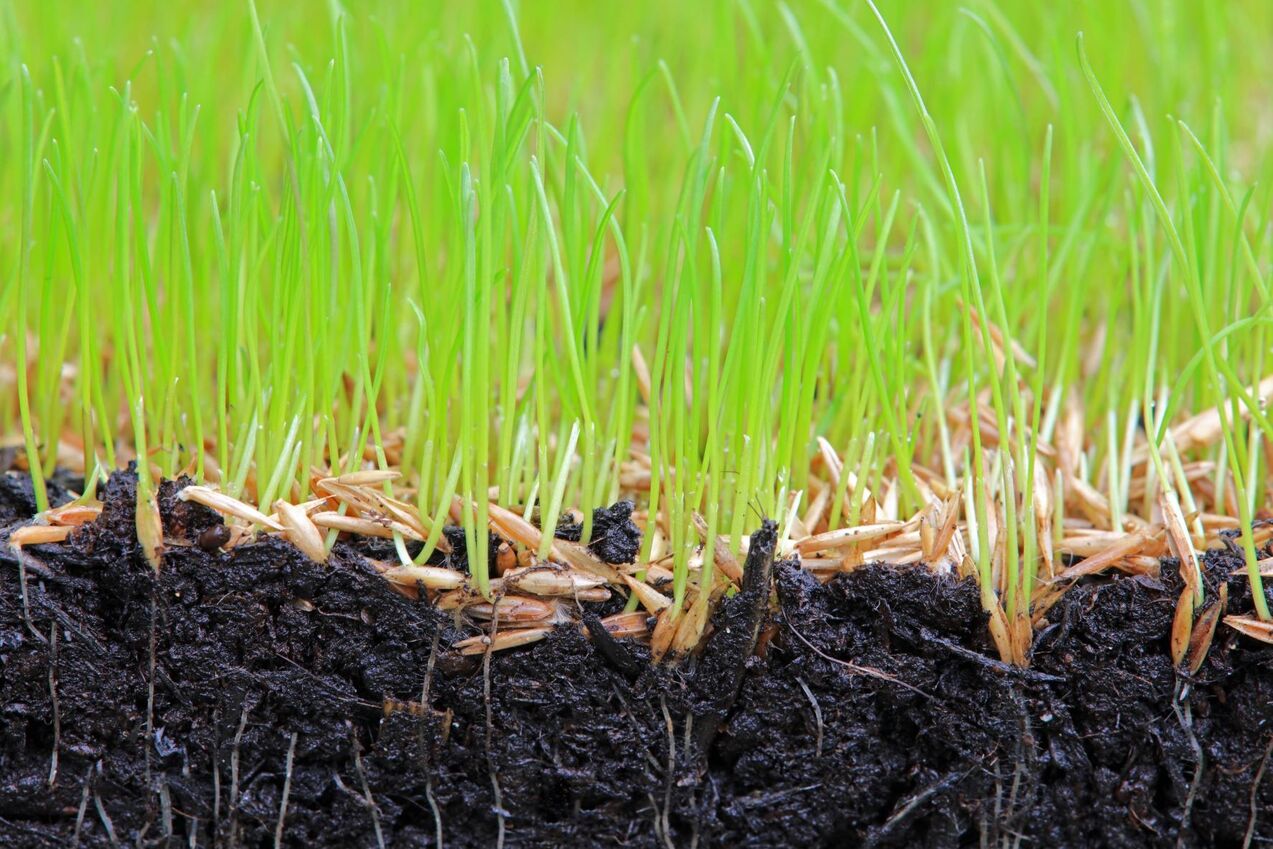
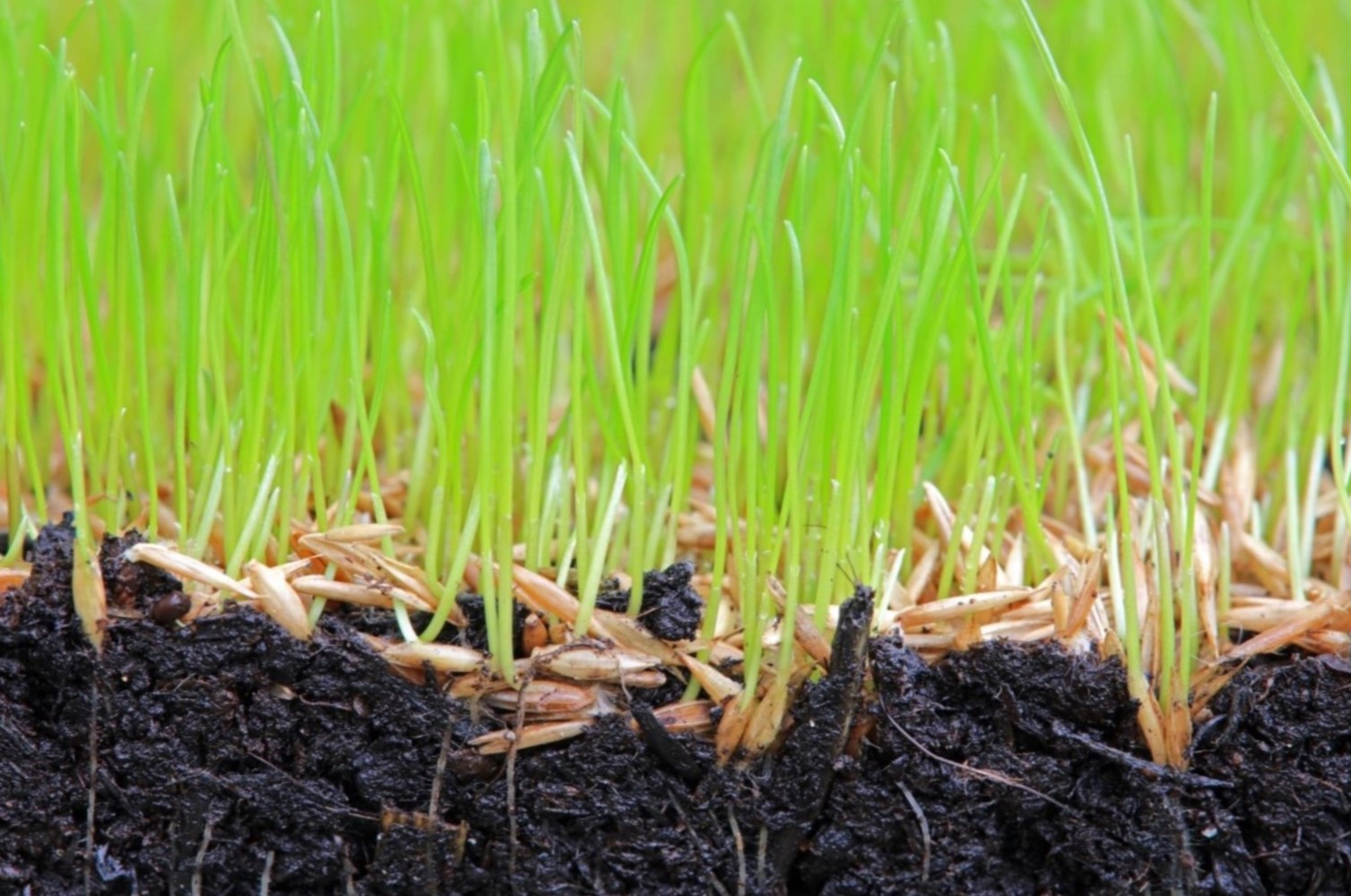
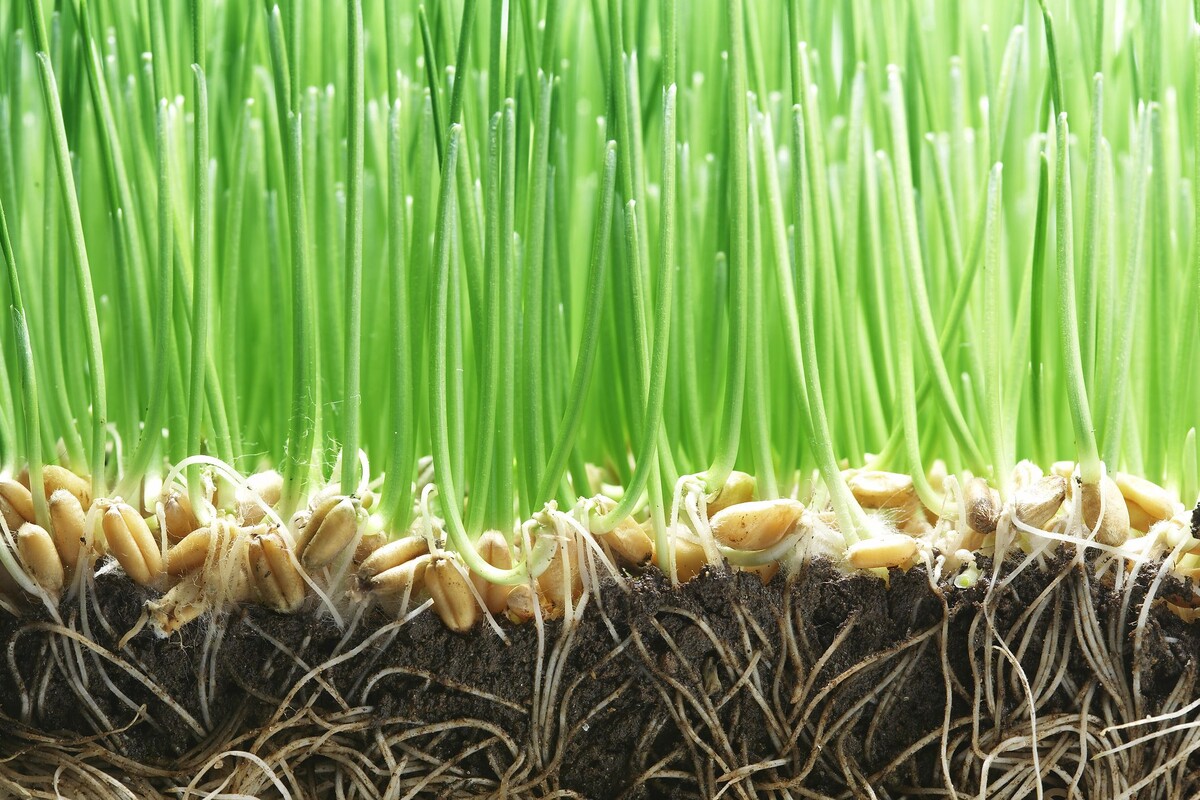
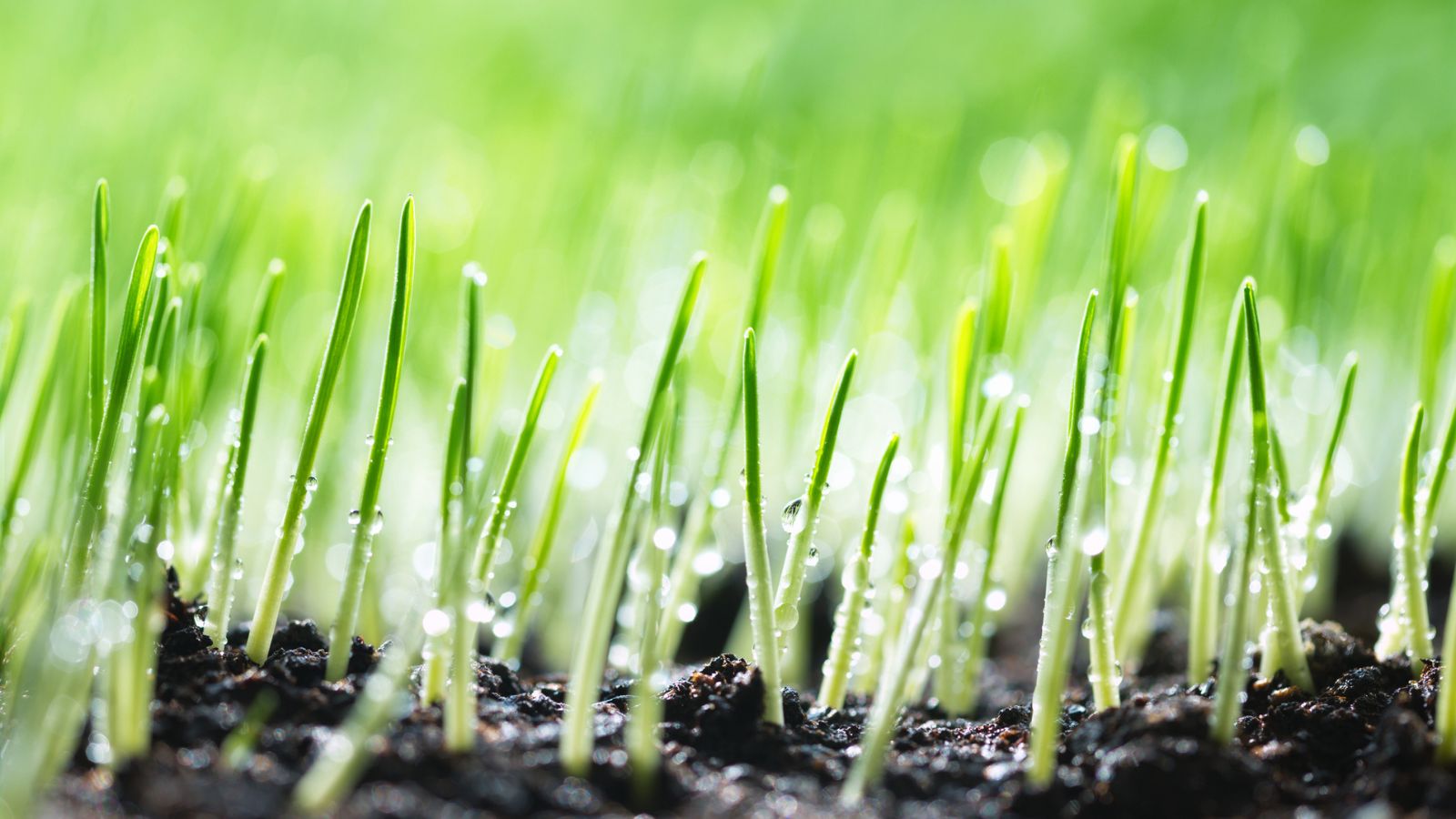
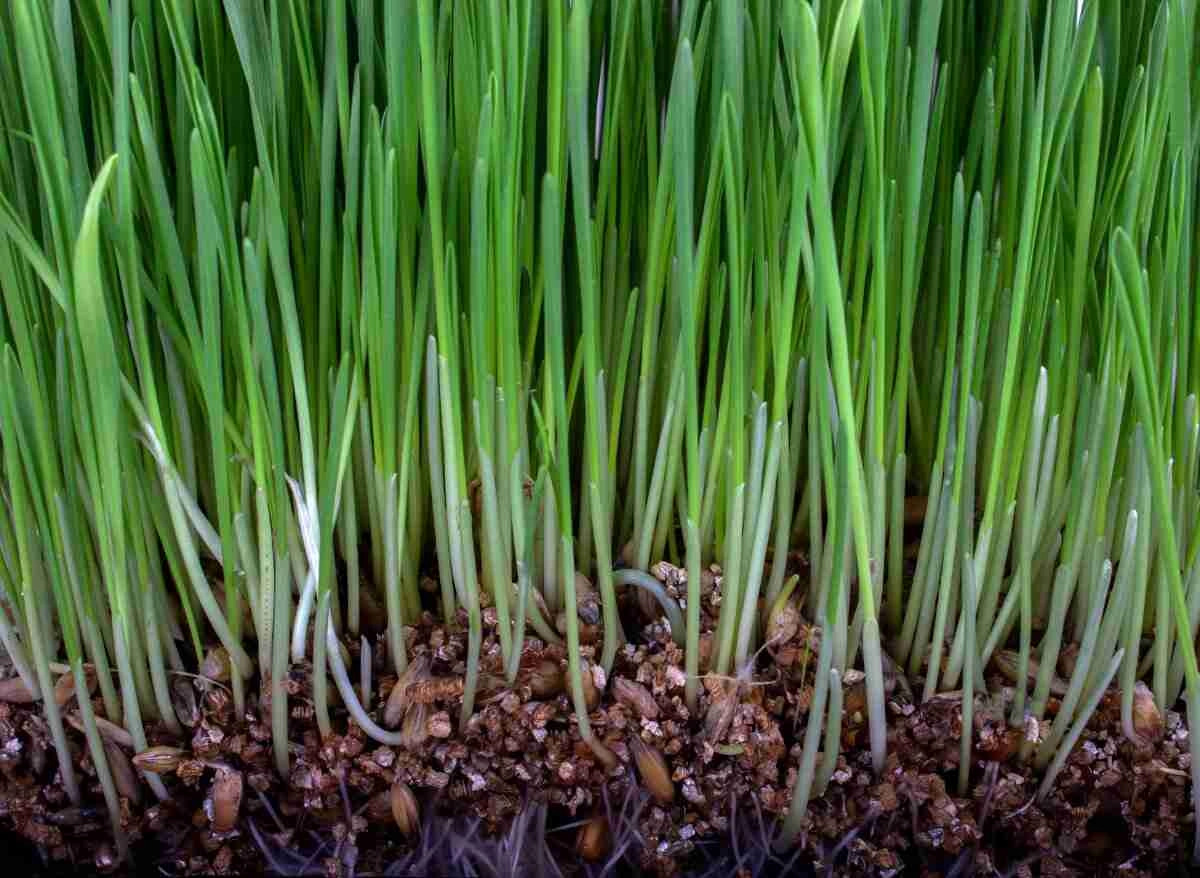
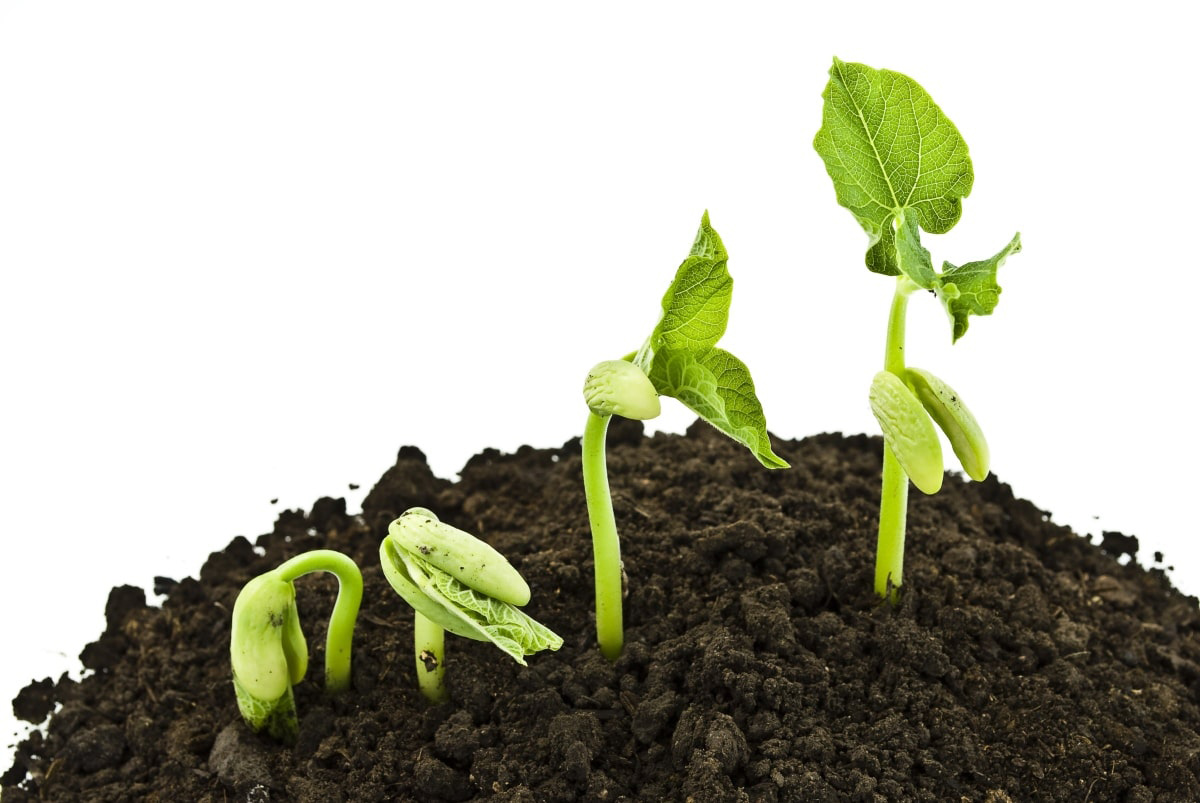
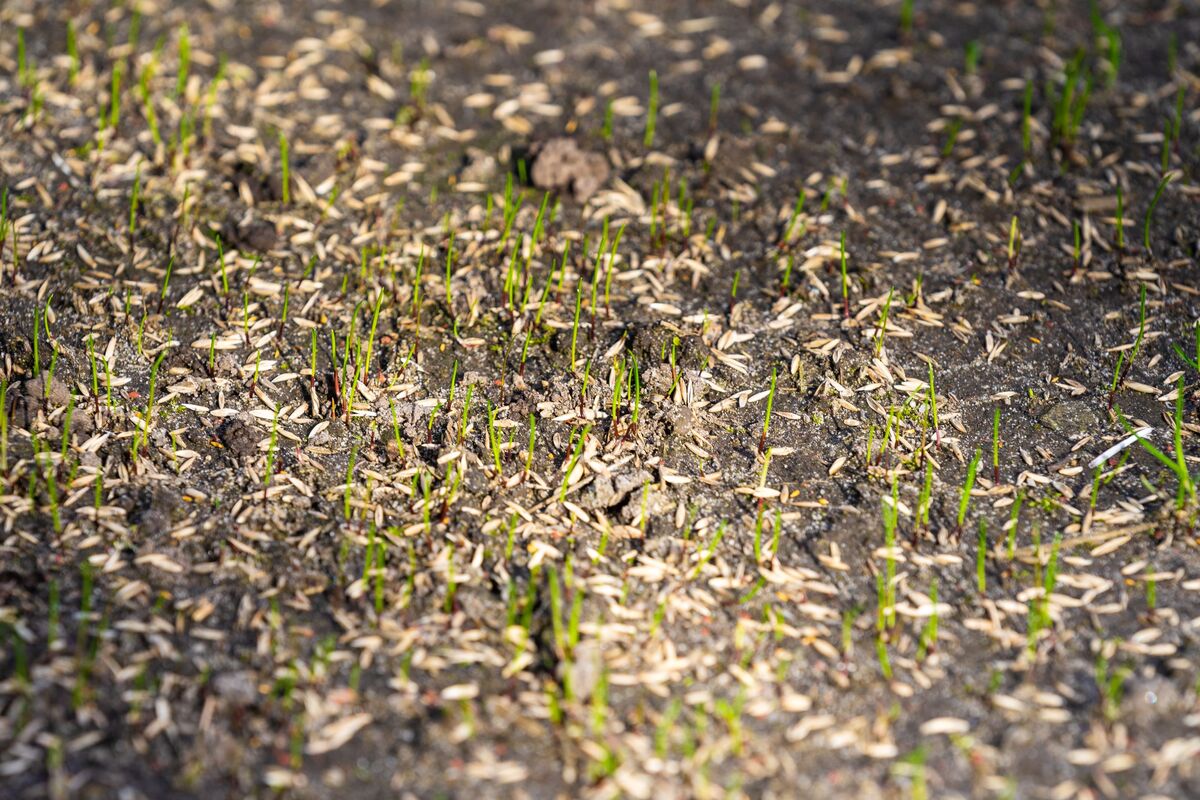

0 thoughts on “What Grass Germinates The Fastest”